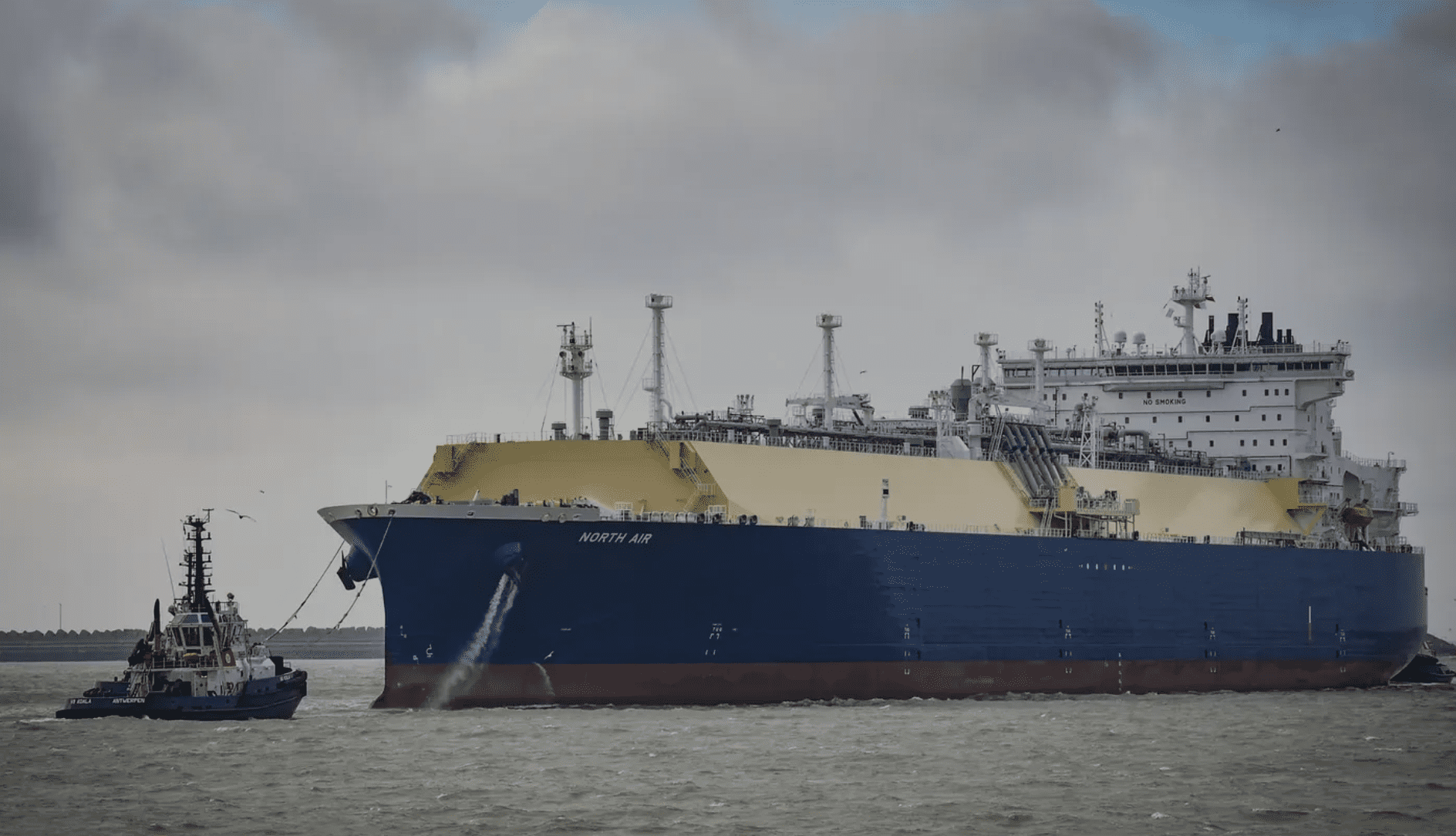The maritime industry’s ambitious push towards zero-emission shipping through green corridors is gaining momentum but faces critical challenges, according to the latest “Annual Progress Report on Green Shipping Corridors 2024” released by the Getting to Zero Coalition and the Global Maritime Forum.
Green shipping corridors, defined as specific trade routes where zero-emission shipping is catalyzed by public and private action, have seen a remarkable 40% increase in initiatives globally, reaching a total of 62 in 2023. This expansion signifies a growing recognition of their potential to revolutionize the shipping industry’s environmental impact.
Despite this progress, the report warns of an impending “feasibility wall” that could halt advancement if governments fail to address the high costs associated with transitioning to sustainable energy sources. The lack of national policies to bridge fuel costs has emerged as the primary obstacle, threatening to impede the development of these crucial green corridors.
Jesse Fahnestock, Director of Decarbonisation at the Global Maritime Forum, emphasized the urgency of the situation: “Green shipping corridors have an essential role to play in accelerating zero-emission shipping. This year saw a handful of advanced corridors setting the pace, but continued progress is not inevitable. If industry and national governments make a concerted effort to share the costs and risks associated with new fuels, these leading corridors could together generate a breakthrough for zero-emission shipping before 2030.”
The report underscores the critical role of green corridors in achieving the industry’s goal of having zero-emission fuels account for 5% of all fuels by 2030. This target is considered a pivotal threshold for enabling exponential growth in sustainable shipping technologies and infrastructure. Failure to meet this goal could jeopardize the entire maritime sector’s 2050 net-zero ambitions, with far-reaching implications for global trade and emissions reduction across all sectors.
Interestingly, the development of green corridors presents a unique opportunity for governments to advance their hydrogen economies. The report reveals that just six frontrunning initiatives could require over two million tonnes of hydrogen-based fuel annually by 2030. This substantial demand could catalyze both national hydrogen production and the maritime sector’s decarbonization efforts.
To overcome the challenges and ensure the continued success of green corridors, the report outlines several key recommendations. These include government support to bridge the operational cost gap, innovative commercial agreements for fuel procurement, flexible governance approaches, exploration of policy and finance solutions for the Global South, and focused support on existing initiatives to meet Clydebank Declaration targets.
As the shipping industry stands at a crossroads, the success of green corridors could determine the fate of maritime decarbonization efforts.
With the right support and policies in place, these initiatives have the potential to chart a course towards a sustainable future for global shipping, demonstrating that environmental stewardship and economic progress can indeed go hand in hand.

 Join The Club
Join The Club










